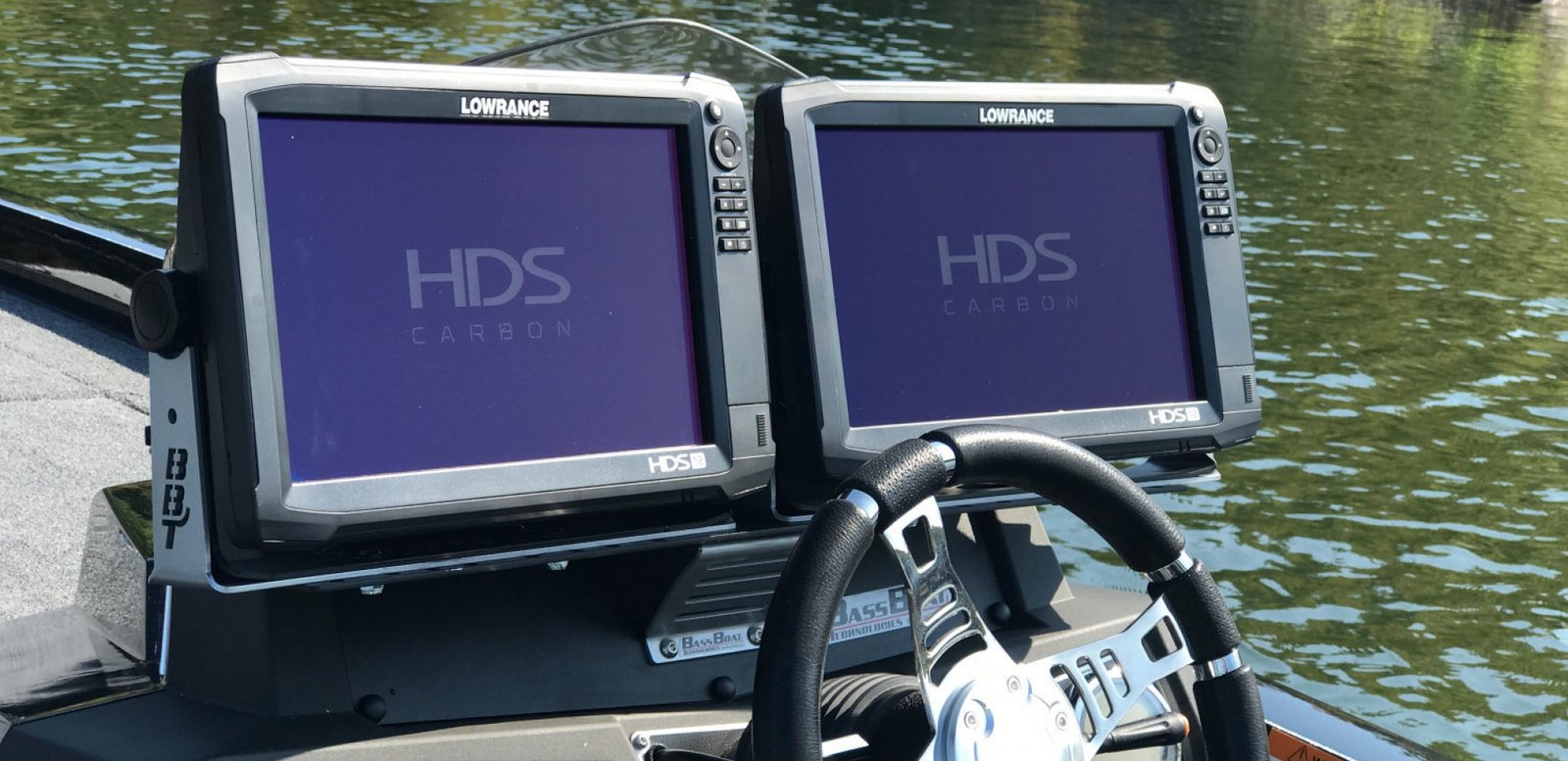
Bass Boat technology
Introduction
“Bass boat technology” generally refers to the advancements and innovations in the design, construction, and features of bass fishing boats. Bass boats are specialized watercraft designed for bass fishing, a popular recreational activity and competitive sport.
How and when bass boat technology was discovered:
Bass boat technology has evolved over time through a combination of innovation, engineering, and improvements driven by the needs and preferences of anglers. The development of bass boats can be traced through various key milestones:
Early Designs:
The concept of a specialized boat for bass fishing likely emerged in response to the growing popularity of bass fishing as a sport. Early designs were often modifications of general-purpose fishing boats, adapted to suit the specific requirements of bass anglers.
Fiberglass Construction:
The introduction of fiberglass as a boat-building material in the mid-20th century revolutionized the industry. Fiberglass offered a lightweight yet strong alternative to traditional materials, allowing for greater speed and fuel efficiency in bass boat design.
Specialized Manufacturers:
As bass fishing gained popularity, dedicated manufacturers emerged, focusing specifically on designing and producing bass boats. These companies invested in research and development to create boats optimized for the unique demands of bass anglers.
Hull Innovations:
Advances in hull design, including the incorporation of modified V-hulls and other configurations, played a crucial role in improving the performance and stability of bass boats. These changes contributed to better handling in various water conditions.
Outboard Motor Technology:
The integration of powerful and efficient outboard motors became a defining feature of bass boats. Technological advancements in outboard motors, such as electronic fuel injection, improved power-to-weight ratios, and more responsive controls, have enhanced the overall performance of bass boats.
Electronics Integration:
The integration of advanced electronics, including fishfinders, GPS navigation systems, and other on-board technologies, has transformed how anglers locate and target bass. These electronic tools have become essential for competitive and recreational bass fishing.
Trolling Motor Innovations:
Trolling motors have seen significant improvements with features like GPS-enabled spot-lock, which allows anglers to electronically anchor the boat in a specific location. This innovation enhances boat control and positioning while fishing.
Livewell Enhancements:
Livewell systems have been refined to create optimal conditions for keeping caught fish healthy. Advances in water circulation, oxygenation, and temperature control contribute to the well-being of fish during tournaments and catch-and-release practices.
Materials and Construction Techniques:
Ongoing developments in boat-building materials and construction techniques continue to shape bass boat technology. Manufacturers explore lightweight yet durable materials to improve efficiency, durability, and overall performance.
Benefits:
Bass boat technology has brought about several benefits for anglers, enhancing their overall fishing experience. Here are some major advantages:
Efficiency in Fishing:
Bass boats are specifically designed for bass fishing, with features such as shallow drafts and low profiles that allow anglers to navigate through shallow waters where bass are often found. This increases the efficiency of the fishing process by reaching areas that are harder to access with other types of boats.
Specialized Equipment:
Bass boats come equipped with specialized features like trolling motors, fish finders, and live wells. These tools contribute to the angler’s ability to locate fish, understand underwater structures, and keep caught fish alive until they are released or taken home.
Maneuverability:
The design of bass boats, including their hull shape and size, enables excellent maneuverability. This is crucial for navigating around obstacles, positioning the boat for optimal casting, and quickly responding to changes in fishing conditions.
Speed and Performance:
Bass boats are often powered by high-performance outboard motors, allowing anglers to cover large areas of water quickly. This speed and performance are particularly beneficial in tournament settings or when exploring different fishing spots during a single outing.
Technological Advancements:
Bass boat technology integrates advanced electronics such as GPS navigation systems, high-resolution fish finders, and sonar technology. These tools provide anglers with real-time information about the underwater environment, helping them make informed decisions and improve their chances of a successful catch.
Comfort and Convenience:
Many bass boats are designed with angler comfort in mind, featuring spacious casting decks, ergonomic seating, and storage compartments for fishing gear. This enhances the overall fishing experience by providing a comfortable and convenient environment for anglers during their outings
Competitive Fishing:
Bass boat technology has played a pivotal role in the growth of competitive bass fishing tournaments. Anglers in these tournaments benefit from the latest advancements in boat design, electronics, and fishing gear, contributing to the overall competitiveness and excitement of the sport.
In summary, bass boat technology offers a range of benefits, including improved efficiency, specialized equipment, maneuverability, speed, technological advancements, and enhanced comfort. These features collectively contribute to making bass fishing more enjoyable, productive, and accessible for anglers of all skill levels.
Negative and positive impacts:
While bass boat technology has undoubtedly improved the efficiency and experience of bass fishing, it’s important to consider both positive and negative environmental impacts.
Positive Environmental Aspects:
Catch-and-Release Practices:
Many bass anglers practice catch-and-release, which helps preserve fish populations. Bass boats often have live wells that allow caught fish to be kept alive and released back into the water.
Reduced Impact on Sensitive Areas:
The design of bass boats, often with shallow drafts, allows anglers to access fishing spots in shallow waters without causing significant disturbance to the environment.
Environmental Awareness:
The integration of advanced electronics, such as GPS and fish finders, can contribute to environmental awareness. Anglers can better understand underwater structures, avoid sensitive habitats, and make informed decisions to minimize impact.
Negative Environmental Aspects:
Fuel Consumption:
High-performance outboard motors on bass boats can consume a considerable amount of fuel. While modern engines are designed to be more fuel-efficient, the cumulative impact of many boats on the water can contribute to environmental concerns.
Oil and Fuel Spills:
Accidental oil and fuel spills from boats can have detrimental effects on aquatic ecosystems. Proper maintenance and responsible refueling practices are crucial to mitigate these risks.
Habitat Disruption:
Even with shallow drafts, the presence of boats in certain areas can disrupt aquatic habitats, especially in fragile ecosystems.
Invasive Species Spread:
Boats, including bass boats, can inadvertently transport invasive species from one body of water to another. This can have severe consequences for local ecosystems as non-native species may outcompete or prey on native species.
conclusion:
in conclusion, while bass boat technology has benefits for anglers and fisheries management, it’s essential to balance these advantages with environmental considerations. Responsible boating practices, adherence to catch-and-release principlesand efforts to minimize environmental impact can help ensure that bass boat technology is used sustainably. Additionally, ongoing advancements in environmentally friendly boat designs and propulsion systems may further mitigate the ecological footprint of bass boats in the future.


